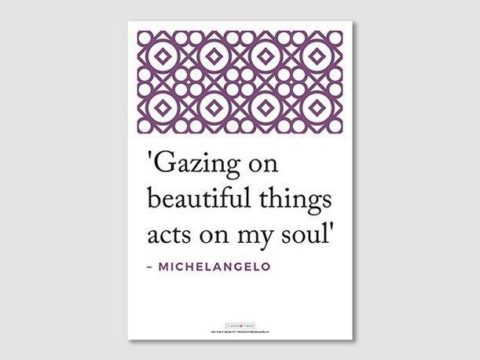Why did Jane Seymour Die in Childbed?
Chapter 3 : More than One Pregnancy?
The King had begun courting her by October 1535. Their affair gathered momentum until February 1536, when Jane returned a purse of gold he had sent her, asking him to save it until such time as she made a good marriage. Was it a hint? Very likely. After that, in March, Henry installed her brother and his wife in apartments at Greenwich Palace, where he could come by a secret gallery and visit Jane secretly, with her relatives as chaperones. Suddenly, five months after their relationship had begun, her virtue was to be protected. Yet we might ask what exactly had passed between them prior to March. Was there, perhaps, a secret reason why Henry decided to marry Jane?
Two pieces of evidence gave me pause for thought. On 26th June 1536, nearly a month after their marriage, a man called John Hill was accused of slandering the King, saying he was ‘made sure unto the Queen’s Grace about half a year before’ – meaning that, around December or January, Henry had either asked Jane to marry him, or – more likely - made her his mistress. This sounds like mere calumny, but there is another, unrelated, report that strangely corroborates it. In June, the Imperial ambassador in Rome, stated that the Queen Jane was ‘five or six months gone with child’. It was probably unreliable, garbled gossip - and yet it is not beyond the bounds of possibility that Henry and Jane had been lovers in the winter of 1535-6, up till the time when she, or her family, saw that her mistress, Anne Boleyn, was vulnerable to the machinations of her enemies, and that a vacancy might soon be created; nor is it beyond the bounds of possibility that Jane was pregnant when Henry married her.
That would explain the haste with which Anne Boleyn was removed, after a delay of three months after the crushing disappointment of her miscarrying a son. It would explain why the King so precipitately married a nobody, with no thought of negotiating for a royal bride. But Henry was desperate for a male heir. Discovering that Jane was pregnant would have been enough to spur him to a hasty decision.
Anne’s speedy fall could also be explained by her enemy, Thomas Cromwell, needing to move quickly to pre-empt the King taking pity on her and showing leniency. Yet, although Henry had a pressing need for an heir, there was no need for him to be betrothed to Jane on the morning after the execution, or for him to marry her ten days later – unless she was pregnant. Already, when she had pleaded with him to show kindness to his daughter Mary, he had said she should be thinking of the children they would have together. All Mary’s letters written in June 1536 express the hope that the new Queen will bear a son or be fruitful. Of course, both Henry and Mary could have been voicing general hopes for the future and, if Jane was expecting, she must have lost the child before it quickened, or the King would have announced her pregnancy. I am not saying that Jane probably was pregnant when she married, only that the possibility should be borne in mind.
There is better evidence for a later doomed pregnancy. Among the papers of the Duke of Rutland at Belvoir Castle, there is an account, published by the London printer Thomas Colwell, of the Lady Mary being received back at court in 1536. It describes the King and Queen bidding her welcome, whereupon Henry turned to the Privy Councillors standing nearby and declared, with superb tactlessness, 'Some of you were desirous that I should put this jewel to death!'
'That were great pity, to have lost your chiefest jewel of England,' Jane said.
'Nay, nay!' Henry replied, patting her belly. 'Edward! Edward!' She is described as being ‘great with child’. That did not then necessarily mean that her pregnancy was showing, only that she was expecting, for we find the term used to describe women in early pregnancy.
Colwell printed this account between 1560 and 1576. It places the meeting at Windsor on 17th December 1536 – but Mary had returned to court in October. The detailed description is convincing, though, and may actually relate to her visit to Windsor that month, and be based on a contemporary source lost to us.
The passage that immediately follows is famous, and cited by many historians. It tells how, soon after Anne Boleyn’s execution, her daughter Elizabeth, not yet three, having noticed a change in the way people addressed her, asked, ‘How hath it, yesterday my Lady Princess, and today but my Lady Elizabeth?`
Yet most historians ignore or discount the preceding account of Mary’s reception at court, since it was written some time after the event it describes – and because Jane could not have been expecting the future Edward VI, even in December 1536. But what if she had been pregnant with another child in October 1536, one conceived after her marriage? Such a pregnancy could not have been far advanced, otherwise there would be references to her advancing condition, as in 1537, when she certainly was pregnant - such as an announcement to the Privy Council, public rejoicing, and prayers offered up. In August, Henry had said he did not think he would have children by Jane, so maybe she conceived around that time. Thus there remains the possibility that there was at least one earlier pregnancy before the one we know about, and that it ended in miscarriage in October or November.






